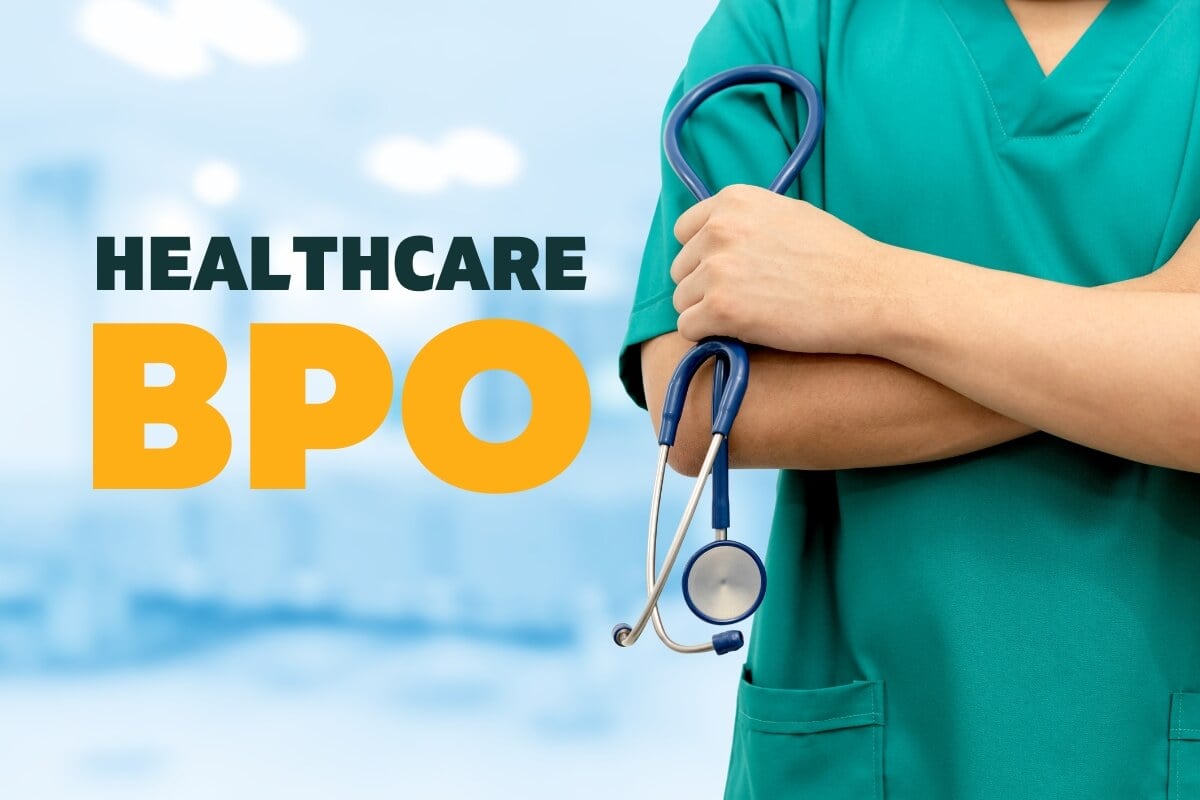The Significance of Healthcare RCM in Enhancing Capital and Efficiency
The Significance of Healthcare RCM in Enhancing Capital and Efficiency
Blog Article
A Comprehensive Overview on How Medical Care RCM Works to Enhance Invoicing and Collections
Browsing the complexities of health care revenue cycle administration (RCM) is essential for providers intending to improve their billing and collections processes. The overview unboxes the complexities of RCM, from client enrollment to accounts receivable management, providing understandings right into maximizing each action.
Comprehending Earnings Cycle Monitoring
RCM is an essential administrative feature that encompasses the entire monetary process of individual care, from the initial consultation establishing to the final repayment of the equilibrium. It is a complicated treatment designed to identify, gather, and manage the income from the solutions supplied to clients.
The RCM procedure begins when a patient routines a visit and expands with the patient's treatment trip, including billing and collections. An essential purpose is to lower the time in between obtaining and providing a solution payment, hence enhancing the organization's economic health and wellness. RCM involves numerous functions such as person enrollment, insurance confirmation, cost capture, coding, asserts submission, settlement uploading, and taking care of allures and rejections.
Key Parts of RCM
In the world of Income Cycle Management (RCM), comprehending its essential elements is fundamental to achieving economic efficiency within medical care companies. RCM is a comprehensive process that encompasses different phases, each vital to ensuring efficient billing and collections. The primary parts include patient registration, insurance policy verification, fee capture, coding, insurance claim submission, repayment publishing, and receivable administration.


As soon as coded, insurance claims are submitted to payers, where accuracy is extremely important to stay clear of rejections or delays - Healthcare RCM. Settlement uploading entails videotaping the obtained repayments, which permits for the reconciliation of accounts. Lastly, accounts receivable management concentrates on monitoring and attending to unsettled cases, making sure prompt follow-up and resolution
Each component of RCM is adjoined, and ineffectiveness in any part can disrupt the whole cycle. As a result, mastering these components is essential for doctor to optimize profits and improve their economic health.
Methods for Effective Invoicing

Standardizing payment procedures throughout the company is one more key technique. Developing clear guidelines for documents, coding, and submission assists preserve uniformity and conformity with governing needs. Training personnel regularly on these treatments makes sure everyone is current with the most recent changes in invoicing codes and payer plans.
Exact fee capture is vital in preventing earnings leakage. Executing normal audits and surveillance systems enables the recognition and modification of inconsistencies prior to they affect earnings. In addition, preserving open lines of communication with payers helps to promptly fix any disagreements or misconceptions that may emerge.

Lastly, engaging patients early in the invoicing procedure by providing clear price quotes and academic materials concerning their economic obligations can substantially minimize confusion and improve settlement timeliness. These methods jointly contribute to a more efficient and financially healthy invoicing system.
Enhancing Collections Processes
Offered the intricacies of medical billing and the range of payer demands, boosting the collections process involves executing strategic procedures that make certain timely and accurate payment of services made. Automation tools can assist in tracking insurance claim standings, sending out timely pointers to individuals, and handling denials more effectively.
Educating personnel to recognize the subtleties of insurance coverage and invoicing codes is similarly vital. This understanding encourages them to attend to payment discrepancies swiftly and interact effectively with clients regarding their monetary duties. In addition, transparent and clear individual communications are vital. Providing detailed explanations of costs and offering flexible layaway plan can boost individual complete satisfaction and timely settlements.
Regular audits of the collections procedure should be conducted to recognize areas for enhancement and ensure compliance with laws. By analyzing information, medical care companies can determine trends, anticipate possible issues, and adjust methods appropriately (Healthcare RCM). Eventually, a well-enhanced collections process not just supports monetary health and wellness however also contributes to a more seamless experience for individuals and personnel alike
Optimizing Income Streams
Structure upon the foundation of a solid collections process, health care companies can further strengthen their financial security by tactically optimizing income streams. This entails a multi-faceted method, starting with a detailed analysis of existing earnings resources to identify inadequacies and locations for development. Utilizing sophisticated information analytics devices allows companies to obtain understandings check this site out right into payer mix, individual demographics, and service usage patterns, enabling data-driven decisions that enhance revenue capture.
Carrying out automated invoicing systems can dramatically minimize mistakes and accelerate claims processing, ensuring that income is accumulated extra effectively. Furthermore, enhancing payer agreements via routine settlements can boost repayment prices and terms, straight affecting the bottom line. Diversifying solution offerings, such as integrating telehealth or health programs, can likewise bring in a broader person base, thus enhancing earnings potential.
One more important component is enhancing client engagement and satisfaction, as satisfied people are most likely to adhere to treatment strategies and make prompt payments. Providing flexible settlement choices and transparent billing practices can boost collections and foster client loyalty. Healthcare RCM. By taking on these techniques, medical care companies can develop an extra durable financial framework, guaranteeing continual growth and stability in an ever-changing market landscape
Verdict
Finally, medical care Revenue Cycle Monitoring (RCM) plays a crucial duty in maximizing billing and collections processes by integrating crucial parts such as individual registration, insurance coverage confirmation, charge capture, coding, asserts entry, and balance due administration. By employing advanced innovation, standardizing treatments, and cultivating patient involvement, doctor can dramatically lower claim rejections, speed up settlement cycles, and boost capital. This detailed strategy to RCM inevitably results in improved financial efficiency and sustainability for health care companies.
The RCM procedure begins when a client timetables a visit and prolongs with the client's treatment trip, consisting of invoicing and collections.An additional vital part is boosting patient engagement and satisfaction, as pleased individuals are a lot more likely to stick to therapy plans and make timely settlements. visit their website Providing adaptable repayment choices and clear billing techniques can improve collections and foster client loyalty.In verdict, medical care Profits Cycle Administration (RCM) plays a vital function in optimizing billing and collections processes by incorporating crucial components such as patient enrollment, insurance coverage confirmation, fee capture, coding, asserts submission, and accounts receivable monitoring. By employing sophisticated modern technology, systematizing treatments, and promoting person engagement, health care suppliers can substantially minimize insurance claim denials, speed up repayment cycles, and Bonuses improve money flow.
Report this page